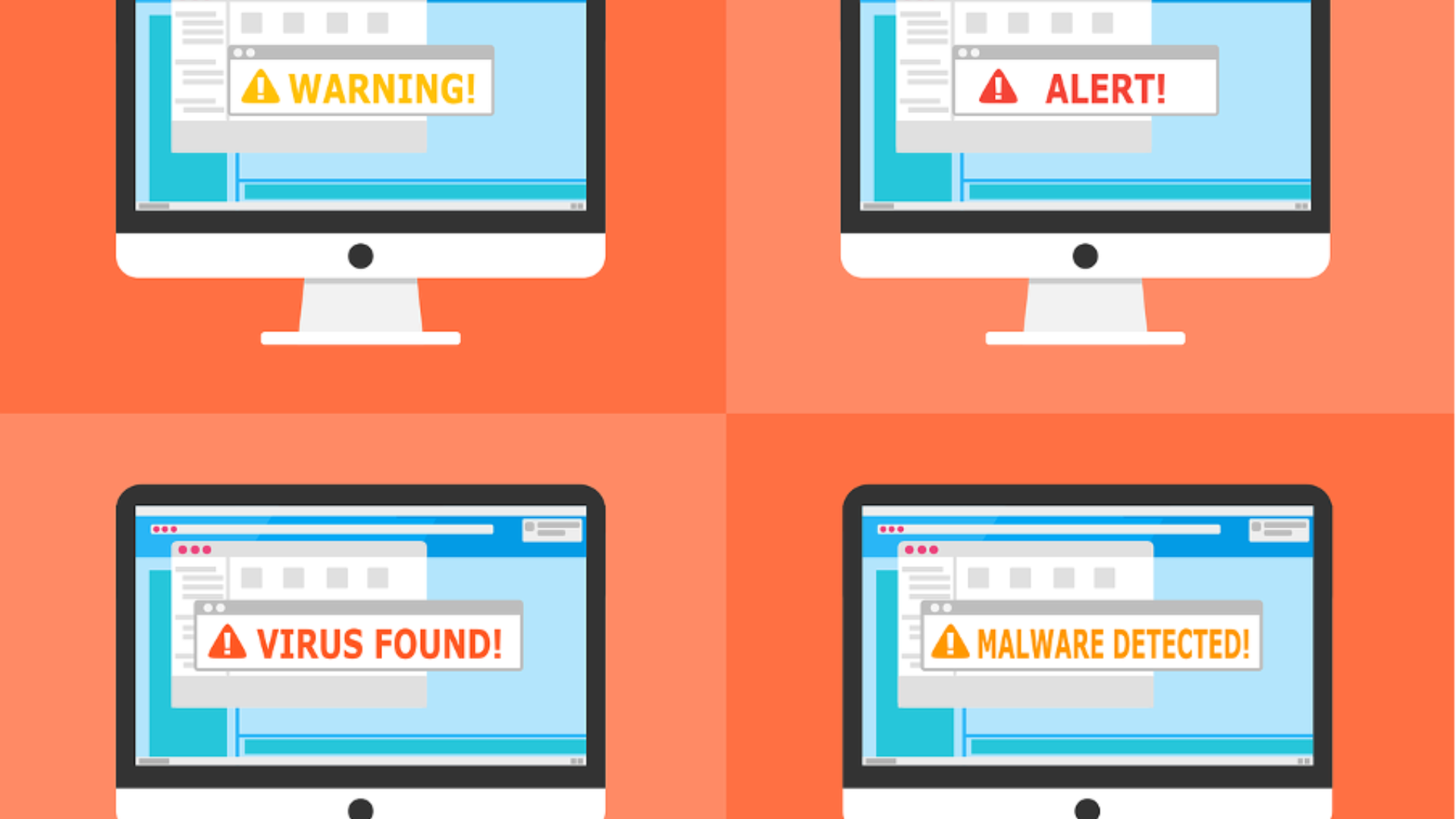1 min read
Why you’re better in a contract with your IT company
Imagine you’re driving down a winding road in the middle of nowhere. Suddenly, your car breaks down. You’re stuck, miles from assistance. You feel...
3 min read
![]() Totalcare IT
:
Jan 9, 2023 12:02:14 PM
Totalcare IT
:
Jan 9, 2023 12:02:14 PM
Organizations across the globe rely heavily on information systems to perform their day-to-day operations. Unfortunately, ensuring the Confidentiality, Integrity, and Availability (CIA), also known as the CIA triad, of data and systems has become a daunting task. To overcome this issue, organizations are investing in the cybersecurity ecosystem, such as deploying a Vulnerability Management tool, which is a proactive and robust security system in the age of digital transformation and remote working.
Cybersecurity vulnerabilities are weak points in a company’s infrastructure, systems and/or processes, or oganizations culture, itself that can be exploited by threat actors to gain unauthorized access to a company’s systems and networks; once inside they wreak havoc by exfiltrating (stealing) valuable information or holding hostage for ransom.
Below is the list of some technical vulnerabilities in the security posture of many organizations:
The National Institute of Standard and Technology (NIST) operates Common Vulnerability & Exposures (CVE) that maintains a real-time list of vulnerabilities that are uncovered.
Vulnerability management is a crucial part of modern cybersecurity defense. Vulnerability managers in the Security Operation Centers (SOC) use vulnerability management tools to identify and, whenever possible eliminate all potential vulnerabilities to prevent them from metastasizing into nightmares.
Vulnerability management is a cybersecurity discipline that uses vulnerability management tools that are used to identify, categorize, prioritize, and resolve security vulnerabilities in operation systems, enterprise applications, end-user applications, and web browsers. These tools play a crucial role in shrinking the attack surface of an organization.
Manually finding vulnerabilities can be an arduous and time-consuming task. A vulnerability management tool can automate this process. You can inventory many different systems and detect vulnerabilities in them using a vulnerability scanner. After that, security operations teams, in concert with management decide whether to correct, remove, or accept risks posed by identified vulnerabilities based on their severity level (e.g., low, medium, high, or very high). These tools assess your vulnerability severity through a Common Vulnerability Scoring System (CVSS).
Today’s cybersecurity threats are relentless and sophisticated. Cybercriminals attempt to lurk in the network environment to spy on the organizations they’re targeting; both private and public. Even “the agent of terror and chaos” uses state-sponsored attacks to obtain highly critical information about governments, military, and national security of different states. They want to stay undetected or unnoticed for several months or even for years to continually carry out their malicious activities; exfiltrating data and selling to the highest bidder, completely undetected. To achieve their goal, threat actors look for vulnerabilities in their target systems to create an open line of communication in the network.
Vulnerability management provides a proactive line of defense against bad actors looking to find and exploit security weaknesses or vulnerabilities. Proactive cyber defense leverage offensive, preventive measures to secure an organization’s critical IT infrastructure prior to an attack to prevent it from being successful.
According to Allocation & Efficacy Index Q2-2020 Report, released by Cyber Risk Alliance, the enterprises that take proactive steps to enhance their cybersecurity defense feel more secure and safer than those that do not.
False positives generate too many alarms that produce a pesky noise in the SOC. Manually managing innumerable false positives is a difficult task. Security analysts often skip fixing even the most critical false alarm that can cause a big data breach later on. To deal with this issue, security professionals employ an effective vulnerability management tool that filters out the “noise” of false positives.
Data leaks may cause serious consequences for organizations. Regulatory standards such as PCI DSS, GDPR, and HIPAA can inflict huge fines or penalties on non-compliant organizations. Vulnerability management can help you to reduce risks and so cybersecurity threats and attacks. If your organization is protected against cyber-attacks, you will not face compliance issues.
Sophisticated hackers first find vulnerabilities in the systems they target systems, or those that are exposed to the Web, and then exploit those vulnerabilities to covertly infiltrate the system. They lurk into the victim’s environment to seek out valuable information and “learn” the way the organization uses the network, and where the treasure is stored. These cyber-criminals then launch an attack that can bring their victims’ businesses to their knees. Organizations that are proactive and employ vulnerability management tools to eliminate vulnerabilities and Indicators of Compromise (IoC) are safer than their contemporaries.
Schedule a 15-minute, no-obligation conversation with our team today.

1 min read
Imagine you’re driving down a winding road in the middle of nowhere. Suddenly, your car breaks down. You’re stuck, miles from assistance. You feel...

Imagine this: It’s a busy Monday morning on your shop floor. You need to get a crucial update from the procurement manager, but they’re working...

As Artificial Intelligence (AI) continues its rapid evolution, it is revolutionizing industries not only in Idaho but across the nation. Businesses...